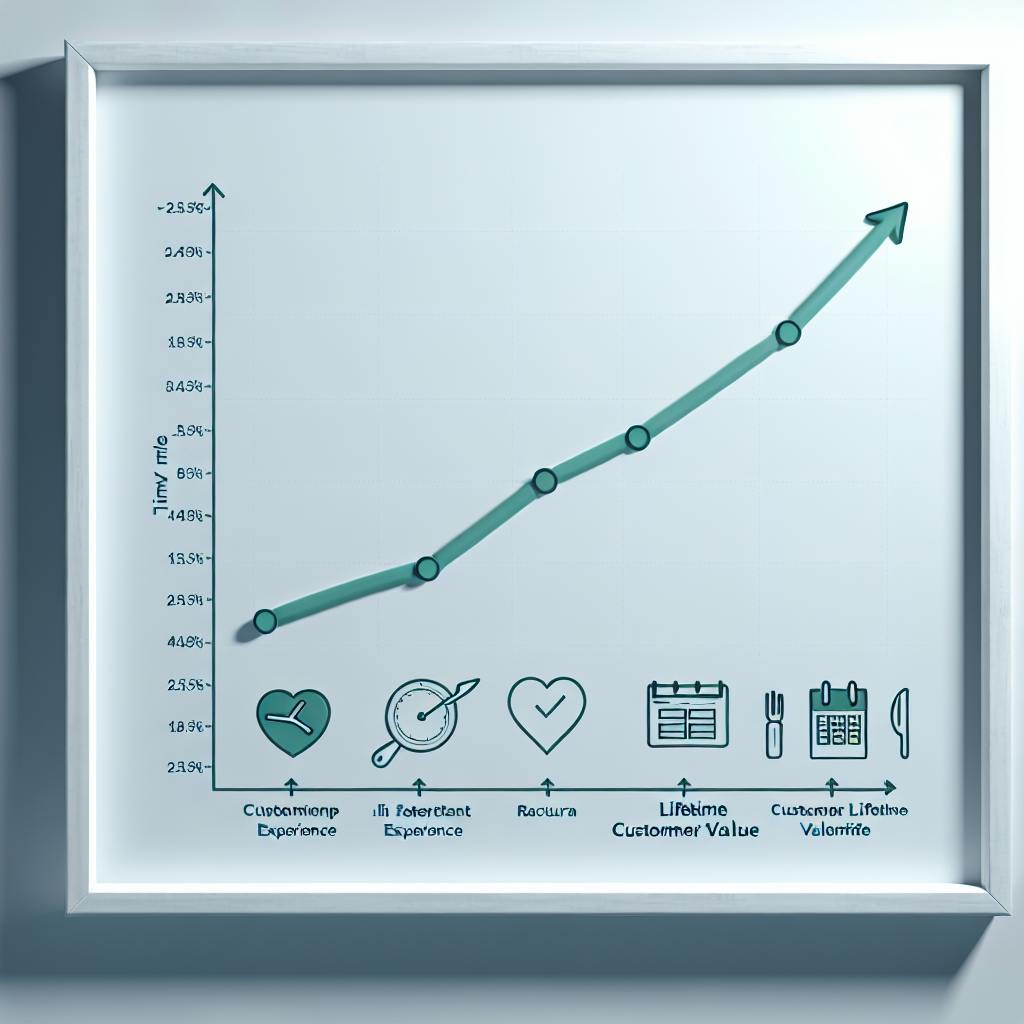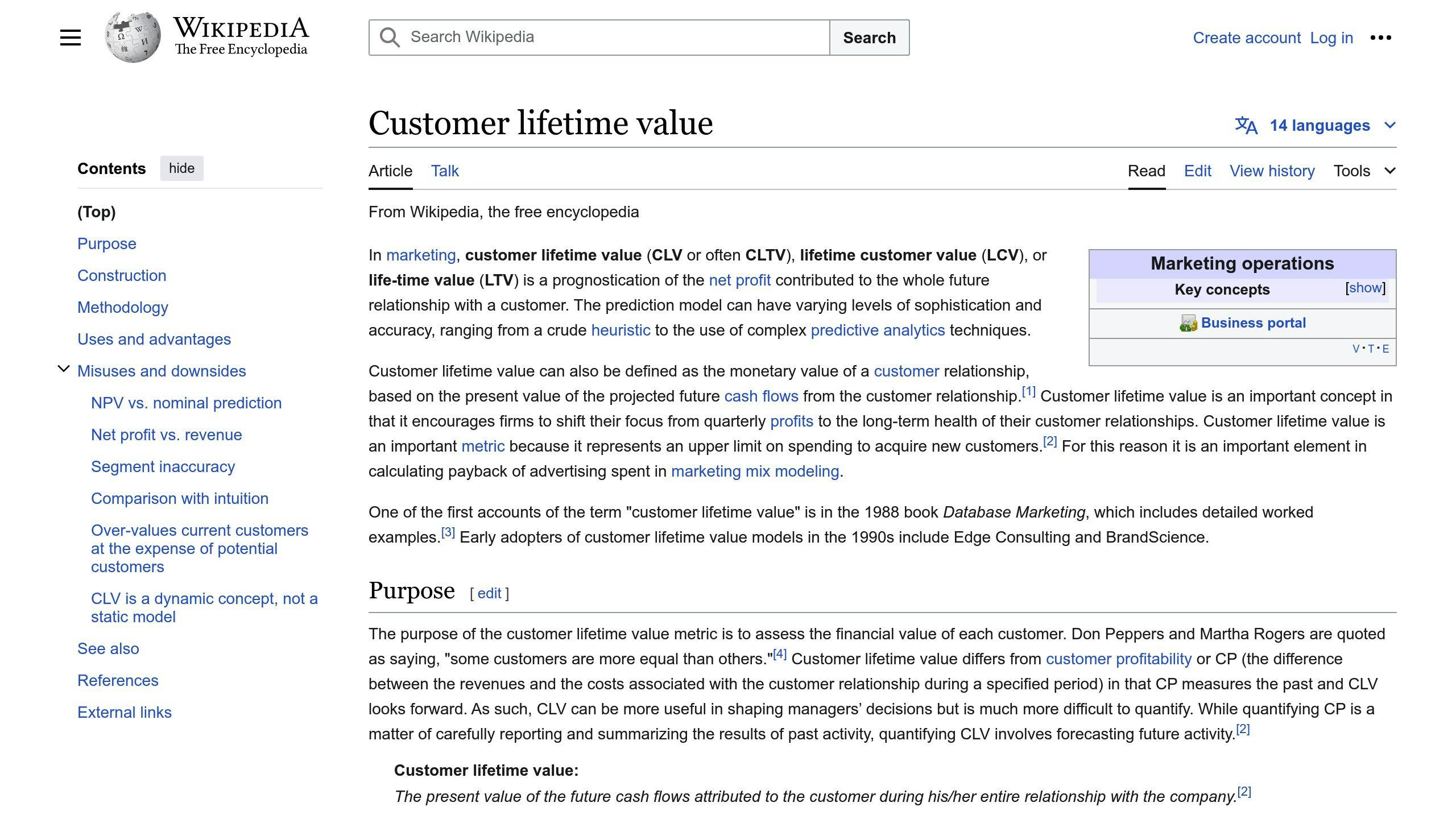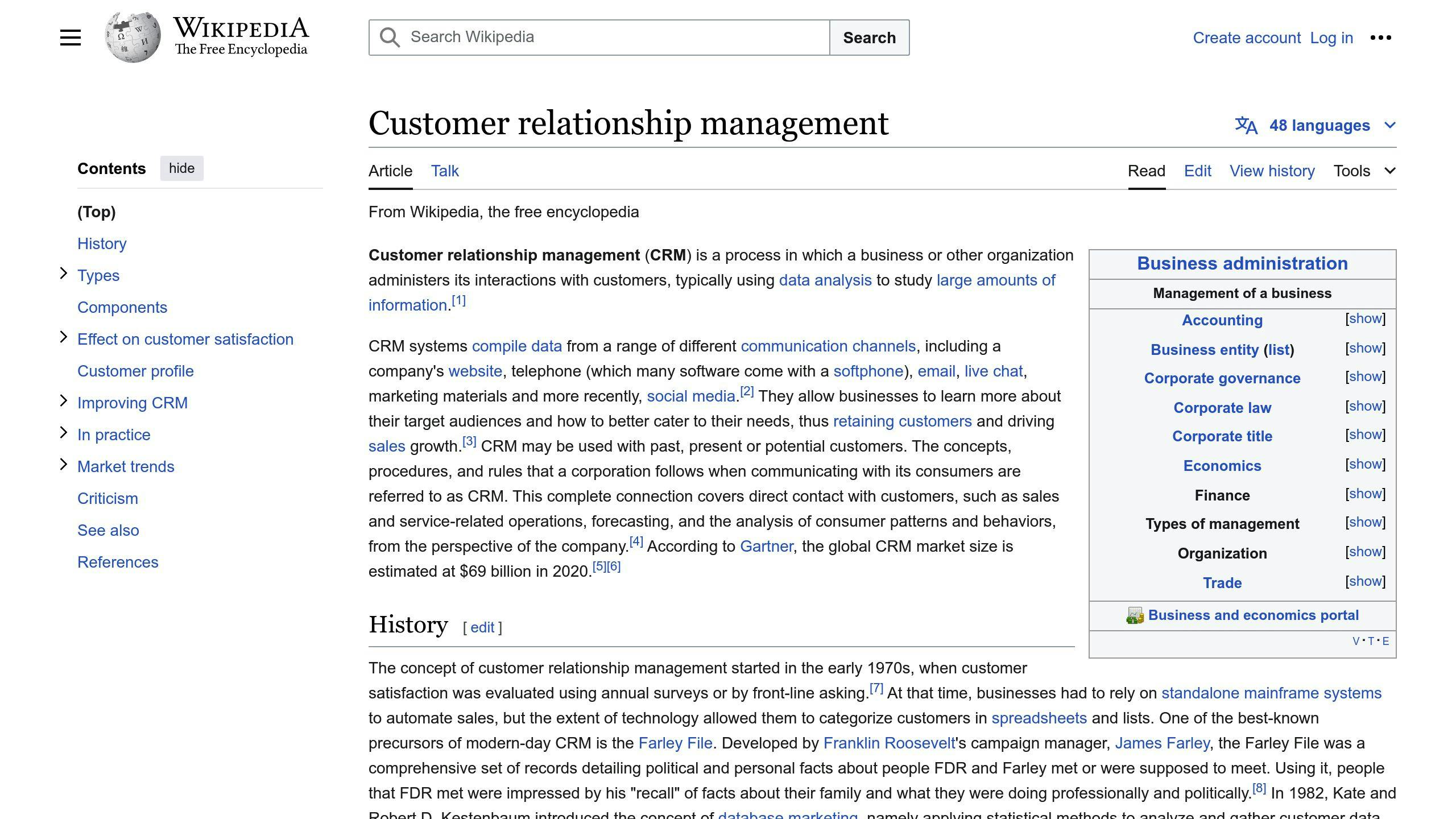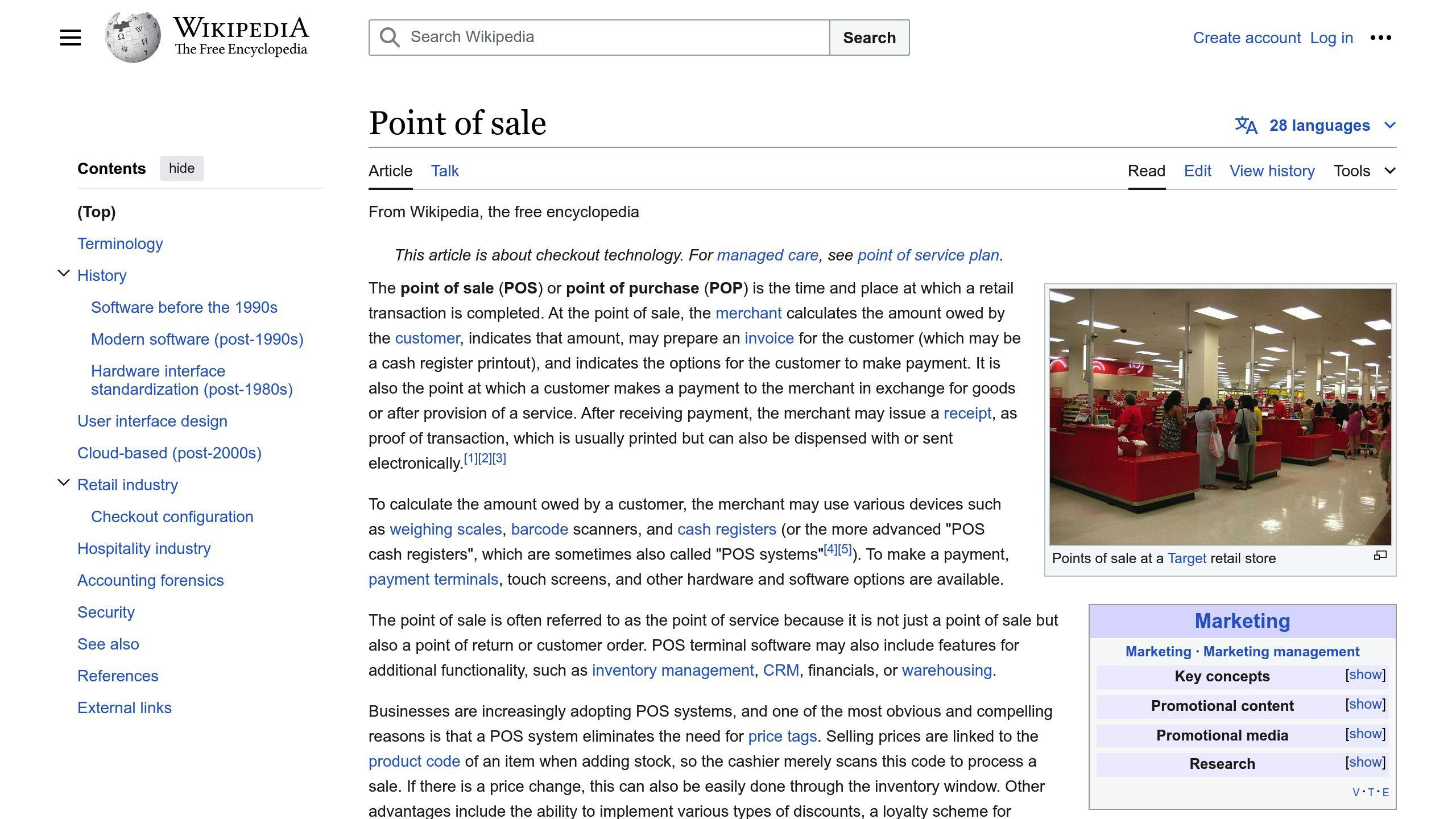July 24, 2024

Customer Lifetime Value (CLV) is crucial for restaurants to understand how much a customer spends over time. Here's what you need to know:
Ways to increase CLV:
Common CLV challenges:
Useful tools for tracking CLV:
CLV ComponentImpactImprovement StrategyAverage spendHigher spend = Higher CLVUpsell, offer premium itemsVisit frequencyMore visits = Higher CLVLoyalty programs, promotionsCustomer retentionLonger retention = Higher CLVExcellent service, address feedbackProfit marginsHigher margins = Higher CLVOptimize pricing, reduce waste
By focusing on CLV, restaurants can build strong customer relationships, increase revenue, and outperform competitors.

The Customer Lifetime Value (CLV) formula helps restaurants understand how much a customer spends over time. It's simple:
CLV = Average Monthly Spend / Monthly Customer Churn Rate
Where:
To get this number:
The amount can vary based on your restaurant type and location. For example:
Restaurant TypeAverage Monthly SpendCasual Diner$20Fine Dining$100
To find this rate:
Churn rates can differ. For instance:
Churn RatePercentageHigh20%Low5%
Let's say you own a casual diner:
To get the CLV:
This means each customer is worth about $166.67 to your restaurant over time. Knowing this helps you plan how to keep customers and get new ones.
Several things impact how much a customer is worth to a restaurant over time. Knowing these can help you boost your restaurant's income.
How much customers spend per visit matters. Restaurants where people spend more usually have higher CLV. To increase bill size:
The number of times customers come back affects CLV. Restaurants that get people to return often have higher CLV. Ways to encourage repeat visits:
Keeping customers is key for CLV. Restaurants that hold onto customers tend to make more money. To keep customers:
How much profit you make per sale impacts CLV. Higher profits mean higher CLV. To boost profit margins:
FactorHow it affects CLVWays to improveAverage bill sizeHigher bills = Higher CLVOffer premium items, upsellVisit frequencyMore visits = Higher CLVLoyalty programs, promotionsCustomer retentionLonger retention = Higher CLVGreat service, respond to feedbackProfit marginsHigher margins = Higher CLVOptimize pricing, reduce waste
Here are some effective ways to boost CLV for restaurants:
Offer online ordering, curbside pickup, or delivery. This can make customers visit more often and spend more. A mobile app or loyalty program can also help.
Talk to your customers well. Answer their feedback quickly. Use emails to tell them about new menu items and special offers.
A good loyalty program can make customers come back more. Give rewards for frequent diners. Make sure it's easy to use.
Always serve good food and give great service. This can lead to good reviews and more customers.
Give customers special treatment. This can include custom menu options or special events. It makes them feel important and can increase loyalty.

Use customer data to understand their likes and habits. This can help you serve them better and increase CLV.
Way to Increase CLVHow It HelpsEasy dining optionsMore visits, higher spendingGood communicationBetter customer relationshipsLoyalty programMore repeat visitsHigh qualityGood reviews, more customersPersonal experiencesIncreased customer loyaltyUse of dataBetter service, higher CLV
Restaurants often face issues when trying to figure out and boost Customer Lifetime Value (CLV). Here are some common problems:
It's hard to get good data for CLV. This includes:
Without good data, CLV calculations can be wrong. This can lead to bad business choices.
Restaurant owners often struggle to balance quick wins with long-term plans. Focusing only on fast profits can hurt customer relationships over time. This affects CLV. It's important to find a balance between:
Short-term focusLong-term focusDaily salesCustomer loyaltyQuick promotionsBuilding relationshipsImmediate profitsInvesting in retention
For restaurants with many locations, it's tough to make changes that increase CLV everywhere. This requires:
If not done well, this can lead to:
ChallengeImpact on CLVInconsistent data collectionInaccurate calculationsMixed customer communicationConfused customers, less loyaltyUneven loyalty programsReduced repeat visits
Customer Lifetime Value (CLV) is a key number for restaurants. It shows how much a customer spends over time. But CLV isn't the only important number. Let's look at how CLV connects to other key restaurant numbers.
Average check size is how much a customer spends in one visit. CLV is different. It looks at:
A big check doesn't always mean a high CLV. If customers don't come back, their CLV stays low.
Customer acquisition cost (CAC) is how much you spend to get a new customer. CLV and CAC work together:
CLVCACWhat it meansHighHighOkay to spend more on marketingLowHighNeed to cut marketing costsHighLowGreat! Keep doing what you're doingLowLowLook for ways to make customers spend more
CLV helps restaurants make smart choices:
AreaHow CLV helpsMarketingSpend money where it works bestPricesSet prices that keep customers coming backLoyalty programsGive rewards that make high-value customers happyMenuChoose dishes that make people spend more
Restaurants need good tools to track Customer Lifetime Value (CLV). These tools help collect and study customer data. Here are some key tools for tracking CLV:

A Point-of-Sale (POS) system with Customer Relationship Management (CRM) features helps track CLV. These systems:
With this data, restaurants can:
Special software can help figure out CLV quickly. This software:
Using this software saves time and helps restaurants understand their customers better.
These tools help restaurants learn more about their customers. They show:
What the tool showsWhy it's usefulCustomer groupsTarget marketingSpending patternsImprove menuLoyalty trendsMake better loyalty programs
By using these tools, restaurants can:
Knowing how much a customer is worth over time (CLV) helps restaurants do better. This article showed how to figure out CLV, what affects it, and how to make it bigger.
Here's a quick look at ways to boost CLV:
MethodHow it helpsEasy orderingCustomers buy more oftenGood talking with customersBuilds trustRewards for regularsPeople come back moreGreat food and serviceKeeps customers happyUsing customer infoMakes better choices
CLV isn't just a number. It's a way to make your restaurant do well for a long time. By focusing on CLV, you can:
Now you know about CLV, it's time to use it. Start keeping track of your CLV today. Watch your restaurant grow!
To find out how much a customer is worth to your restaurant over time, use this simple math:
Restaurant CLV = Average Monthly Spend / Monthly Customer Loss Rate
Here's what you need:
Let's look at some examples:
Average Monthly SpendMonthly Customer Loss RateCustomer Lifetime Value$1020%$50$2010%$200$3015%$200$5020%$250
To use this formula:
For instance, if customers spend $30 per month on average, and you lose 15% of customers each month, your CLV is $200.
Why is this number important? It helps you:

Enter your information in the form to receive a call from Loman and place an order like a customer would!